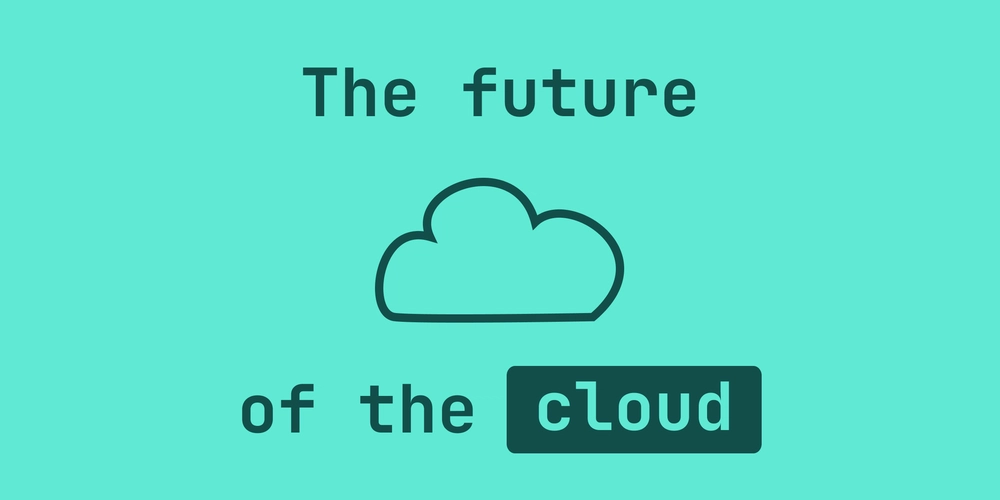Centos-PackageManager
RPM(Red Hat Manager) RPM is a low-level package manager of RHEL-based Linux system ,that is used to install, install ,update, remove and verify software packages. It mange .rpm(example: package.rpm) packages files, do not resolve the dependencies automatically and used manual installation and troubleshooting. RPM options:- rpm -ivh pacakge.rpm => install the package -i = install -v = verbose output(detailed information) -h = show download progress. rpm -qa => list all installed package -q= querry -a= all rpm -Vf /path/to/package-file => verify the system modifed or not(auditing purpose) output meanings:- S- file size changed M- permission changed D - device major/minor number changed L - sym link changed U- user ownership changed G - group ownership changed c - configuration changed T- Timestamp changed ( file modified date/time) 5 - MD5 checksum changed(file content changed) . - Nothing changed rpm -ev package-name => remove the pacakges rpm -qf package-name => find out which package a file belong to rpm -Fvh mypackage.rpm => -F is used for freshening installed package ( if already installed , it will be upgrade it) -l => list file installed package -qi => get info about package. YUM(yellowdog updater, modified) YUM is a package manager for RPM based linux system ,that automatically resolve dependencies when installing , updating, or removing software. YUM configuration file location => /etc/yum.conf or/etc/yum.repo.d(later we will discuss local repo creation for offline package installation) YUM options:- yum clean all => clean the yum cache directory yum list all=> To show all available installed and available packages yum list installed => To show all available installed packages . yum install telnet => To install particular package yum remove telnet => To remove particular package yum search httpd => To search httpd related package give format like package name and description , summaries. yum list httpd => check httpd installed or not and what are the version package is available yum info httpd => Details about httpd yum repolist => list the enabled repositories $ sudo yum update => update dnf (Dandified YUM) It's faster, more reliable and handle dependencies better than yum . Syntax is almost same as yum .dnf faster and handling dependencies improved. sudo dnf install httpd -y=> Auto confirmation dnf list intalled | grep httpd => check if package already installed or not.

RPM(Red Hat Manager)
- RPM is a low-level package manager of RHEL-based Linux system ,that is used to install, install ,update, remove and verify software packages. It mange .rpm(example: package.rpm) packages files, do not resolve the dependencies automatically and used manual installation and troubleshooting.
RPM options:-
rpm -ivh pacakge.rpm => install the package
-i = install
-v = verbose output(detailed information)
-h = show download progress.
rpm -qa => list all installed package
-q= querry
-a= all
rpm -Vf /path/to/package-file
output meanings:-
S- file size changed
M- permission changed
D - device major/minor number changed
L - sym link changed
U- user ownership changed
G - group ownership changed
c - configuration changed
T- Timestamp changed ( file modified date/time)
5 - MD5 checksum changed(file content changed)
. - Nothing changed
rpm -ev package-name => remove the pacakges
rpm -qf package-name => find out which package a file belong to
rpm -Fvh mypackage.rpm => -F is used for freshening installed package ( if already installed , it will be upgrade it)
-l => list file installed package
-qi => get info about package.
YUM(yellowdog updater, modified)
- YUM is a package manager for RPM based linux system ,that automatically resolve dependencies when installing , updating, or removing software.
- YUM configuration file location =>
/etc/yum.conf or/etc/yum.repo.d(later we will discuss local repo creation for offline package installation) YUM options:-
yum clean all => clean the yum cache directory
yum list all=> To show all available installed and available packages
yum list installed => To show all available installed packages .
yum install telnet => To install particular package
yum remove telnet => To remove particular package
yum search httpd => To search httpd related package give format like package name and description , summaries.
yum list httpd => check httpd installed or not and what are the version package is available
yum info httpd => Details about httpd
yum repolist
$ sudo yum update => update
dnf (Dandified YUM)
- It's faster, more reliable and handle dependencies better than yum . Syntax is almost same as yum .dnf faster and handling dependencies improved.
sudo dnf install httpd -y=> Auto confirmation
dnf list intalled | grep httpd => check if package already installed or not.











































































































































































![[The AI Show Episode 142]: ChatGPT’s New Image Generator, Studio Ghibli Craze and Backlash, Gemini 2.5, OpenAI Academy, 4o Updates, Vibe Marketing & xAI Acquires X](https://www.marketingaiinstitute.com/hubfs/ep%20142%20cover.png)




























































































































![[DEALS] The Premium Learn to Code Certification Bundle (97% off) & Other Deals Up To 98% Off – Offers End Soon!](https://www.javacodegeeks.com/wp-content/uploads/2012/12/jcg-logo.jpg)


![From drop-out to software architect with Jason Lengstorf [Podcast #167]](https://cdn.hashnode.com/res/hashnode/image/upload/v1743796461357/f3d19cd7-e6f5-4d7c-8bfc-eb974bc8da68.png?#)








































































































.png?#)

































_Christophe_Coat_Alamy.jpg?#)
 (1).webp?#)





































































































![Apple Considers Delaying Smart Home Hub Until 2026 [Gurman]](https://www.iclarified.com/images/news/96946/96946/96946-640.jpg)
![iPhone 17 Pro Won't Feature Two-Toned Back [Gurman]](https://www.iclarified.com/images/news/96944/96944/96944-640.jpg)
![Tariffs Threaten Apple's $999 iPhone Price Point in the U.S. [Gurman]](https://www.iclarified.com/images/news/96943/96943/96943-640.jpg)





































































































































